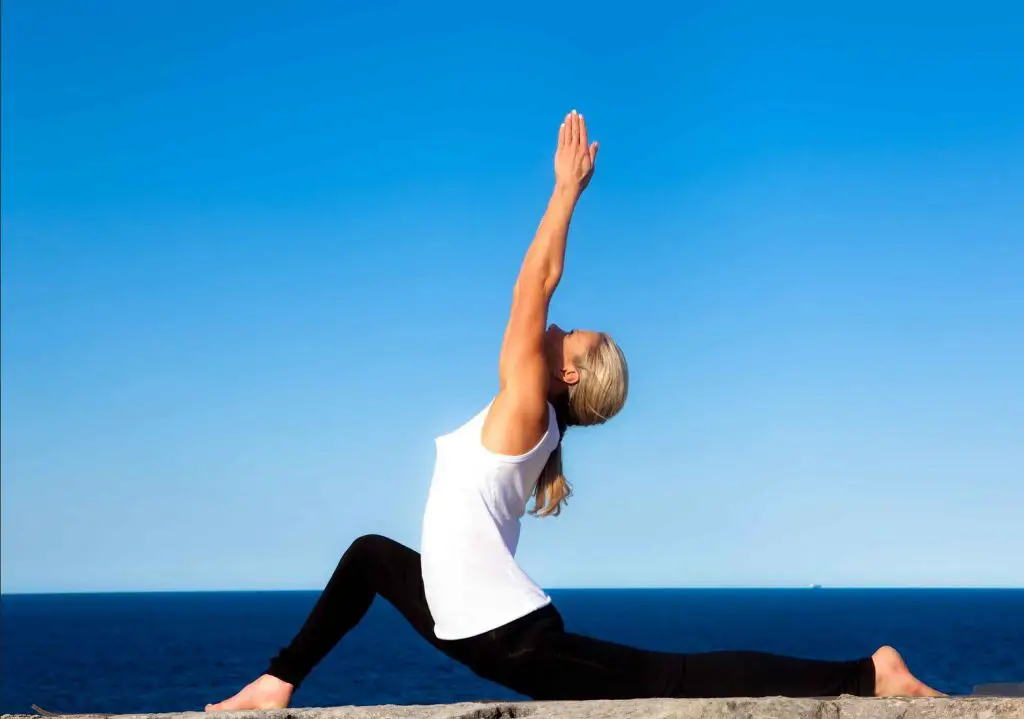Industry Insider

Pilates, Psoas & Back Pain
Relieving pain is one of the many benefits offered by Pilates, getting to know the core PSOAS (pronounced so-as) and its role in back pain relief can further help resolve those longstanding issues.
Spanning from solar plexus to inner thigh your psoas is deep within the belly core; behind the abdominal muscles, it provides a muscular shelf that supports all the organs. With every walking step, the healthy psoas provides an on-going internal massage. Attaching to each of the lumbar vertebrae and crossing over each hip socket this dynamic bio-intelligent tissue is the only muscle to link spine to legs. Like a pendulum it frees the leg for walking.
A healthy psoas is always released and responsive for movement. As part of your survival reflex it’s your psoas muscle that prepares you to flee or flight. How safe you feel at any given moment is reflected in the suppleness of your psoas.
Because the psoas responds to every spinal movement it will attempt to protect disc and nerve injuries. When misused the psoas becomes constricted, eventually leading to increased muscular tension and reduced flexibility.
Taking time to release stress each day can go a long way in keeping your psoas supple, your spine flexible and your low back healthy. Take a leisurely walk, enjoy a soothing bath and put your feet up. Check out your chair and car plus the shoes you wear. Eliminate bucket seats by filling them with a firm wedge. Sitting without psoas tension demands finding and maintaining skeletal support. Make sure your shoes are bendable (preferably in half), resilient to protect your feet from the stress of cement and preferably neutral, providing room for toes and weight throughout the whole foot.
Constructive Rest Position
A great psoas release position is the constructive rest position. A safe, comfortable position it relieves low back, pelvic and hip tension by letting gravity release the psoas muscle. Simply rest on your back. Knees bent and the feet placed parallel to each other, the width apart of the front of your hip sockets. Place your heels approximately 12-16 inches away from your buttocks. Do not push your low back to the floor or tuck your pelvis just rest in the position for 10 -20 minutes. The psoas will begin to release, the pelvis will spontaneously extend and the spine will lengthen. Keep your arms below shoulder height resting them over your ribcage, to your sides or on your pelvis. As gravity releases the psoas, you’ll feel calm (nourishing an over active sympathetic nervous system) and refreshed. It’s from this neutral centered place within your core that you’ll fully receive the benefits of your Pilates practice.
The Psoas Book
The Psoas Book is a comprehensive guide to the Iliopsoas muscle and its profound influence on the body, mind, and emotions. Easy to read, The Psoas Book focuses on the psoas (so-as), the core muscle of the human body, and is an essential read for anyone interested in health, wellness, and movement.





